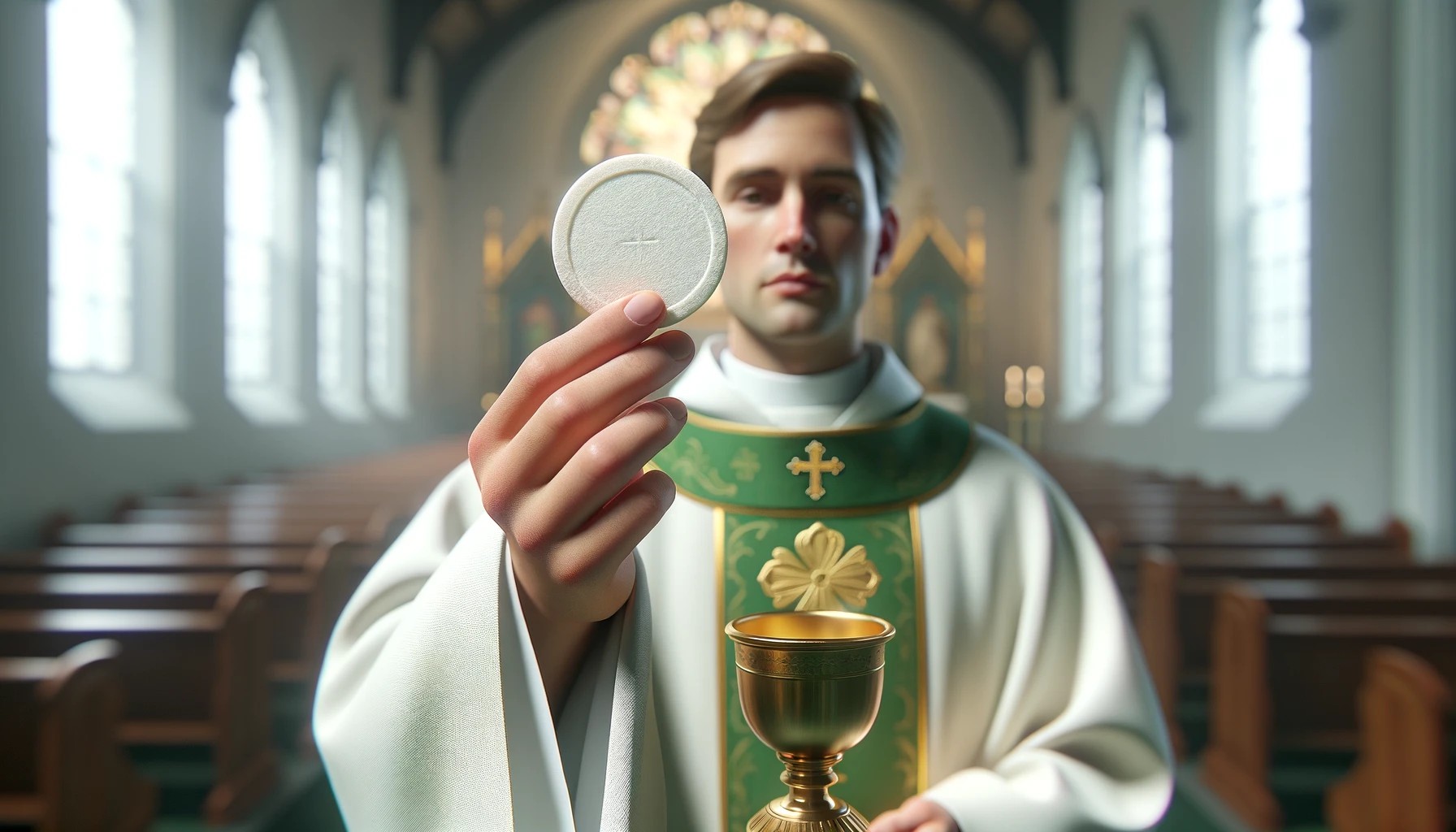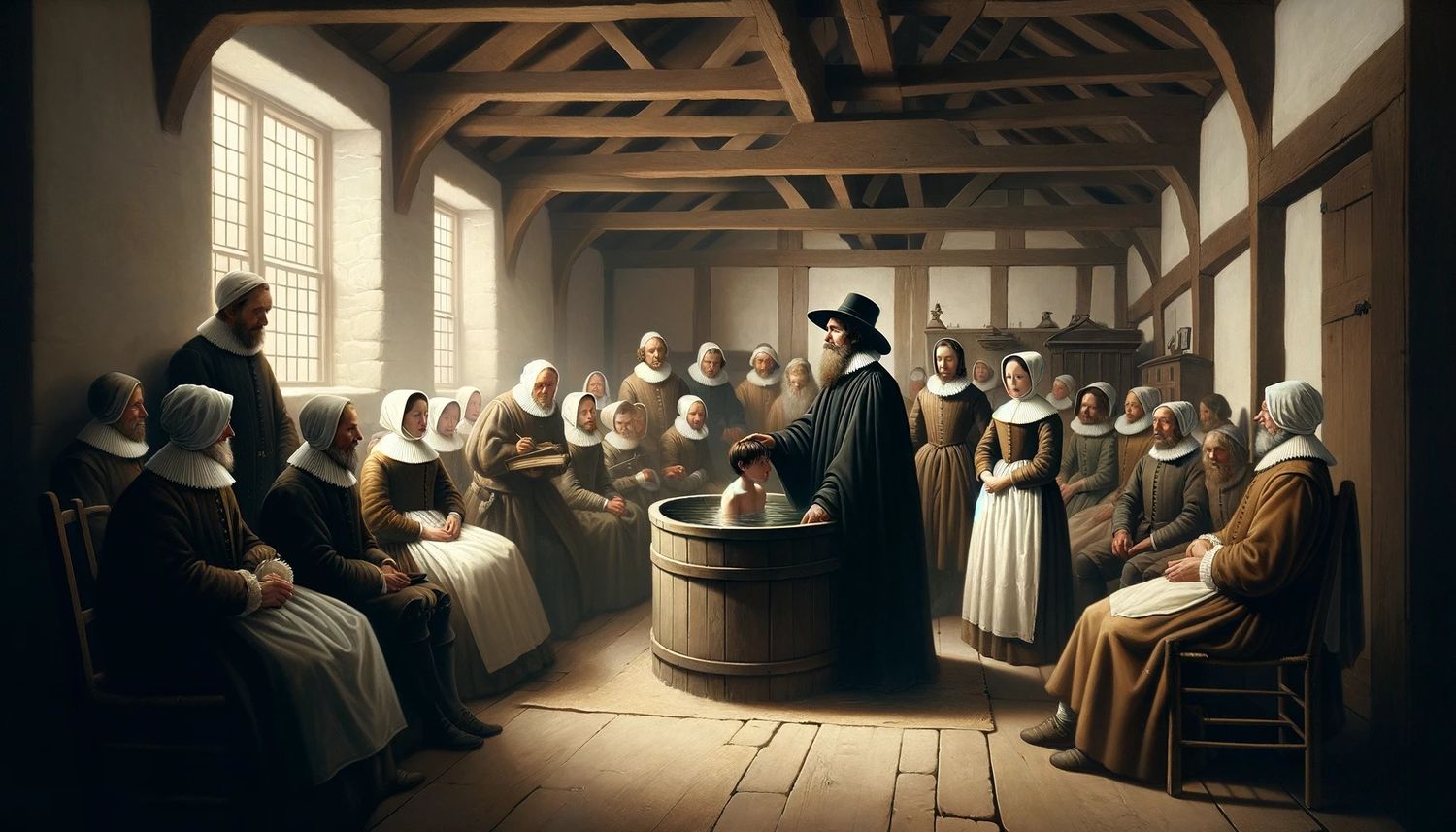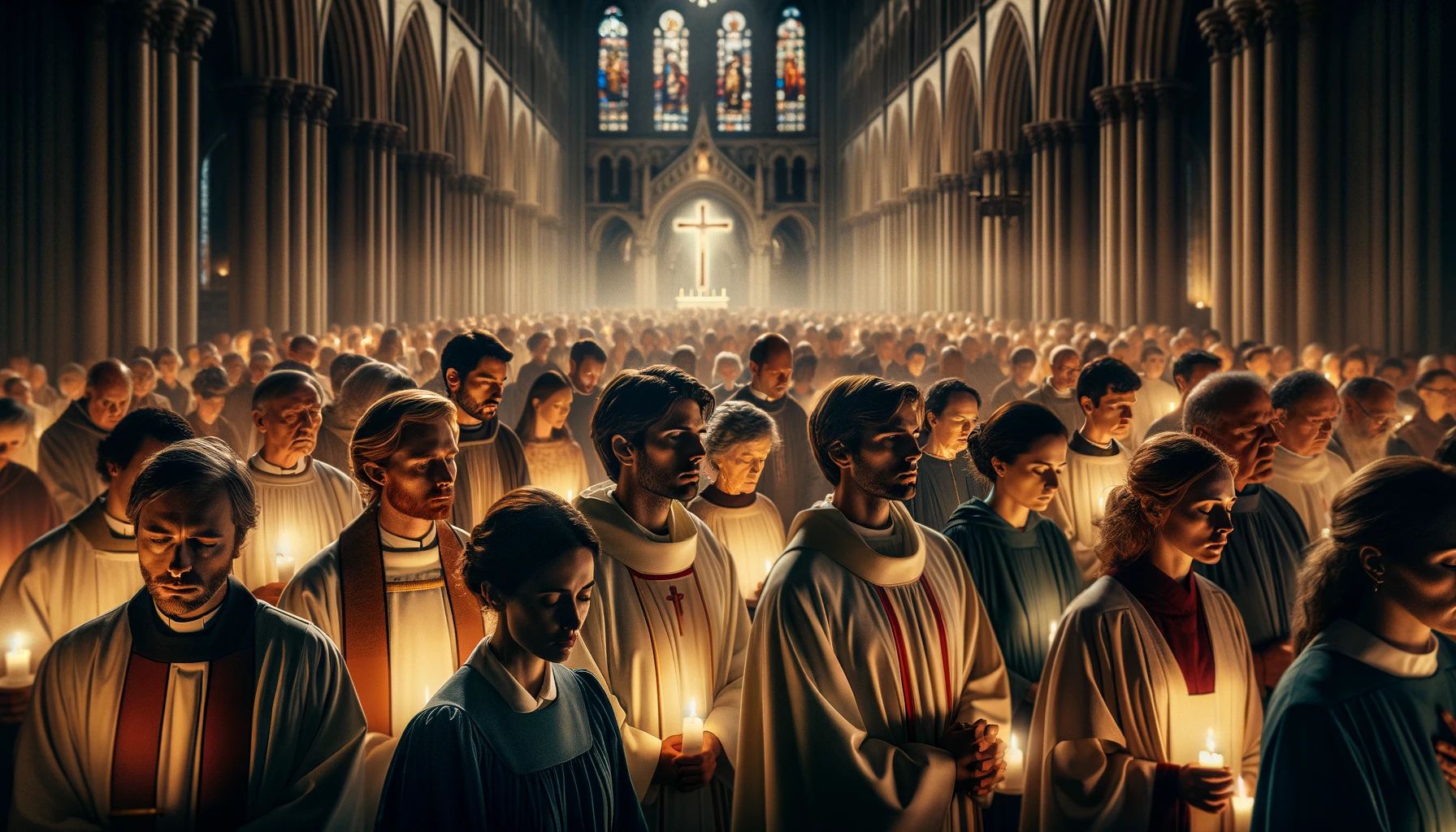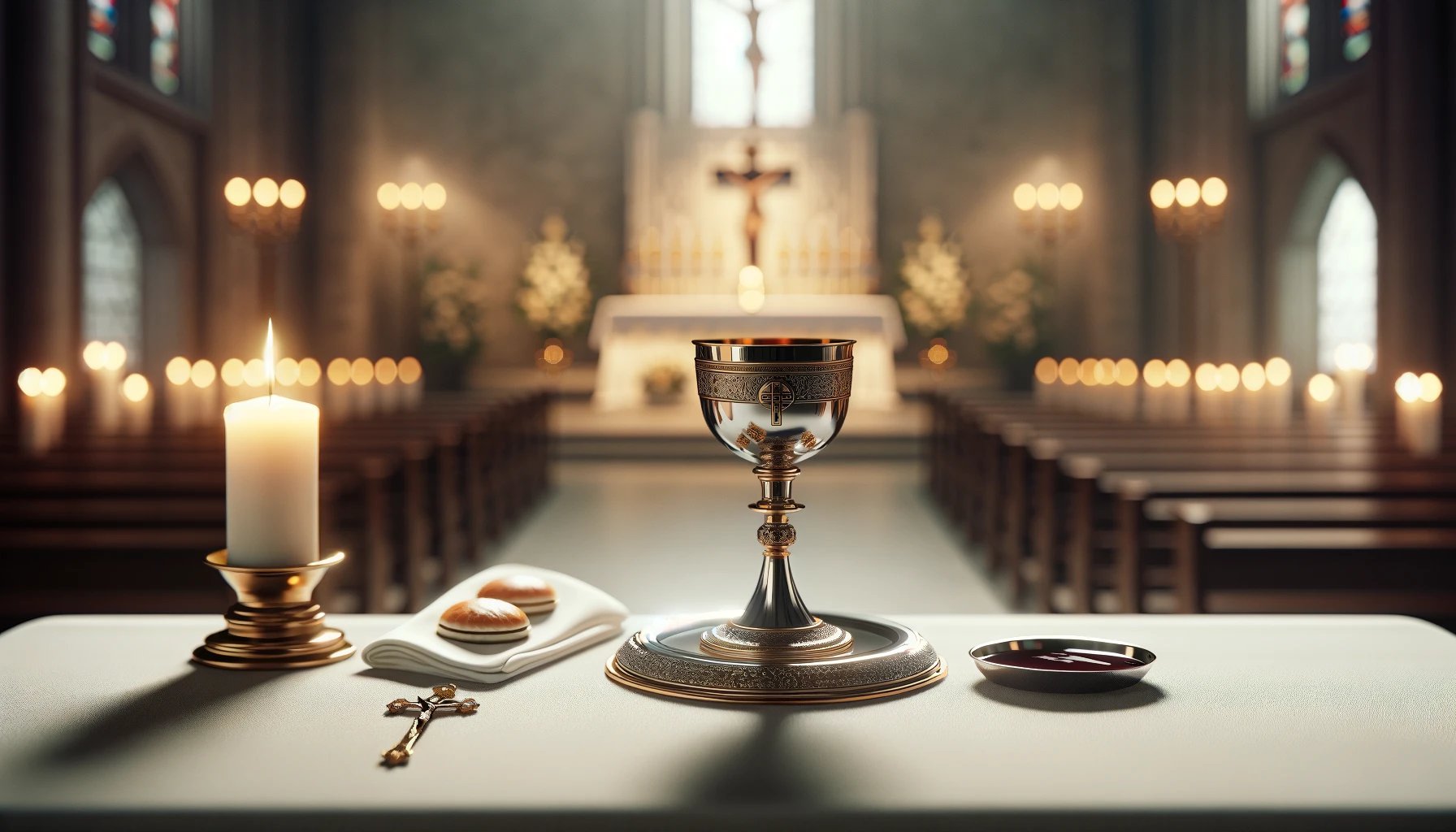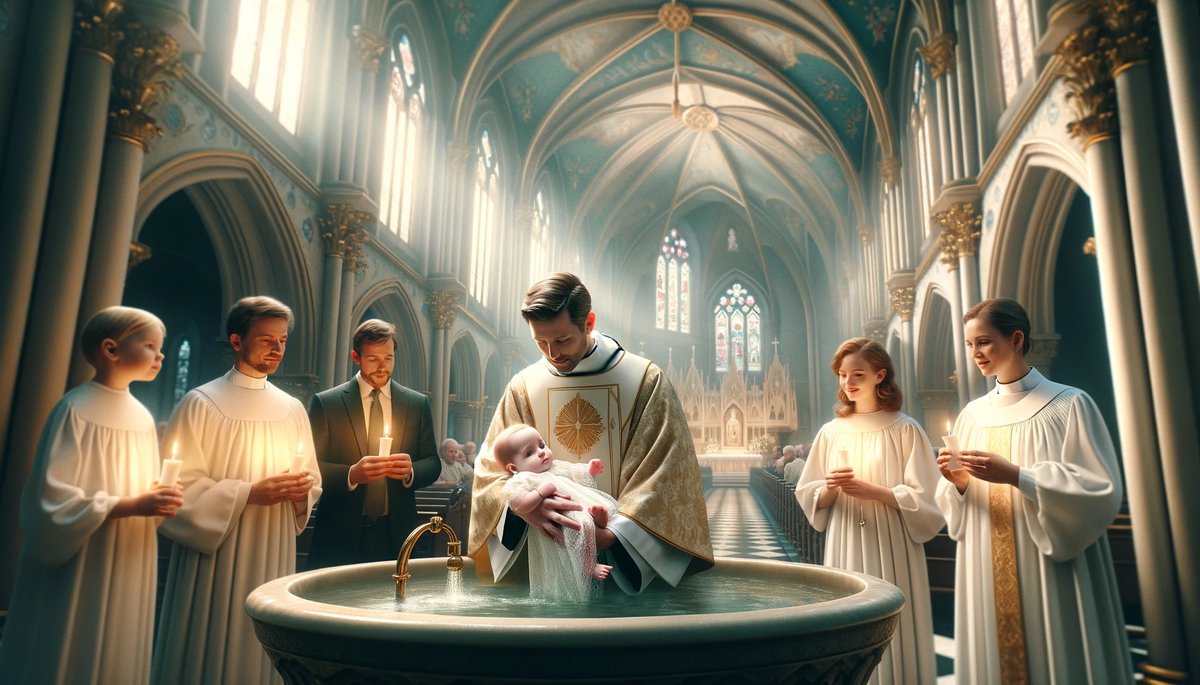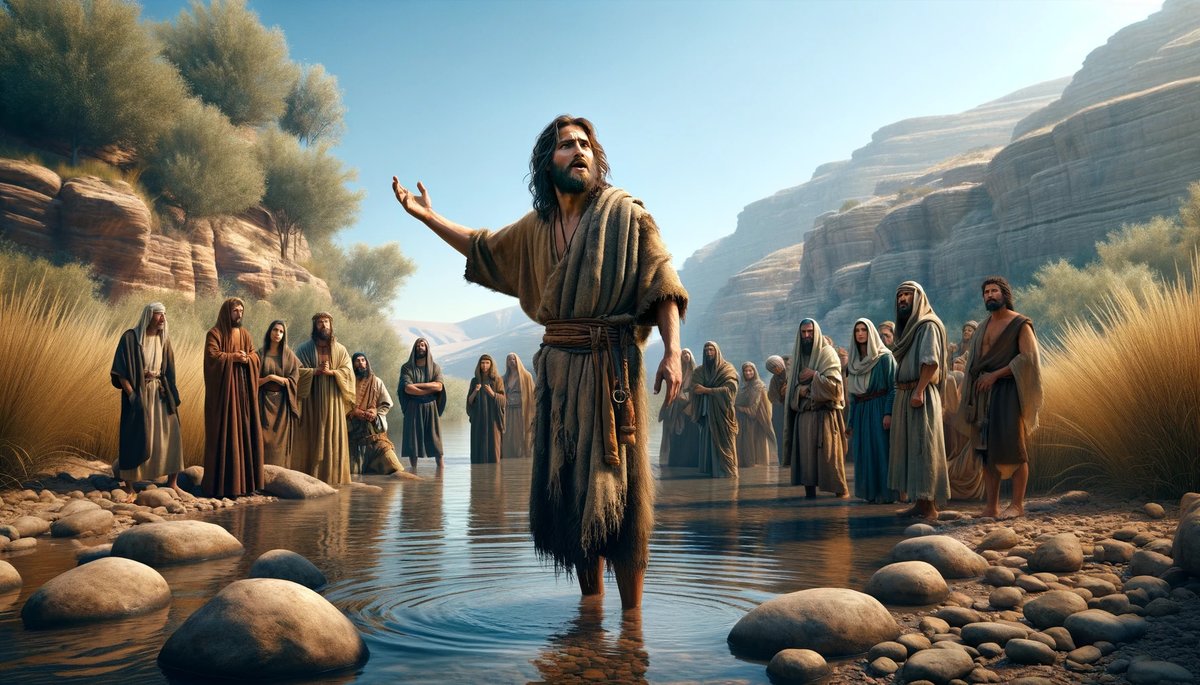Home>Theology and Spirituality>When Did Giving Out Communion In The Catholic Church Start
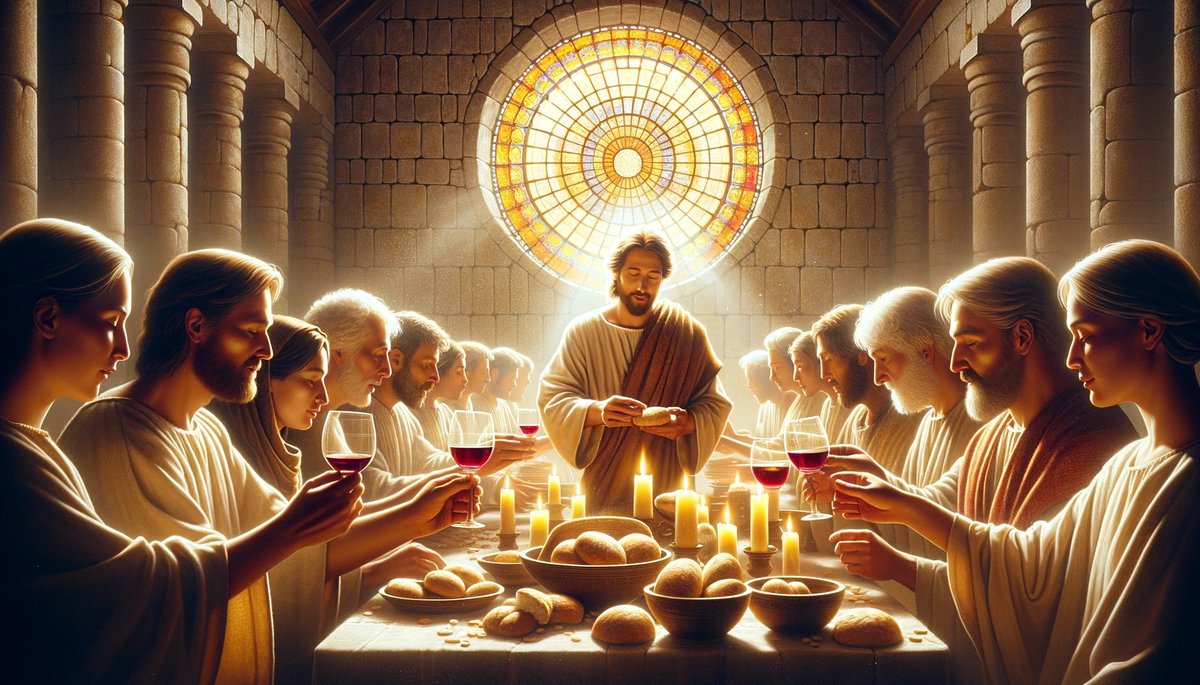

Theology and Spirituality
When Did Giving Out Communion In The Catholic Church Start
Published: February 25, 2024
Ericka Andersen, an editor at Christian.net, expertly merges digital strategy with content creation, focusing on faith and societal issues. Her communication skills enhance the platform's engaging narratives, fostering meaningful dialogue on belief's impact on society.
Learn about the history of giving out communion in the Catholic Church and its significance. Explore the origins and evolution of this sacred tradition in theology and spirituality.
(Many of the links in this article redirect to a specific reviewed product. Your purchase of these products through affiliate links helps to generate commission for Christian.net, at no extra cost. Learn more)
Table of Contents
Introduction
Communion, also known as the Eucharist, holds a central place in the Catholic Church's religious practices. It is a sacred ritual that symbolizes the unity of believers with Christ and with one another. The act of partaking in the Eucharist is deeply rooted in the history and traditions of the Catholic faith, carrying profound spiritual significance for its followers.
The origins of communion in the Catholic Church can be traced back to the Last Supper, a pivotal event in Christian theology. According to the Gospels, during the Last Supper, Jesus shared bread and wine with his disciples, instructing them to partake in these elements as a remembrance of his sacrifice. This symbolic act laid the foundation for the ritual of communion, which has been upheld by the Catholic Church for centuries.
Throughout history, the practice of communion has evolved, adapting to the cultural and ecclesiastical changes within the Church. The development of communion practices reflects the dynamic nature of Catholic worship and the enduring significance of the Eucharist in the lives of believers.
In this article, we will delve into the rich history and spiritual significance of communion in the Catholic Church. We will explore the origins of this sacred ritual, its evolution over time, and its role in shaping the religious experiences of Catholics around the world. By examining the changes in communion practices and their impact on the faithful, we can gain a deeper understanding of the profound influence of this sacrament within the Catholic tradition.
The Origins of Communion in the Catholic Church
The origins of communion in the Catholic Church can be traced back to the Last Supper, a momentous event that holds profound significance in Christian theology. According to the Gospels of Matthew, Mark, and Luke, and the First Epistle to the Corinthians, during the Last Supper, Jesus Christ shared a meal with his disciples. It was during this sacred gathering that Jesus instituted the Eucharist, a central sacrament in the Catholic faith.
As the Last Supper unfolded, Jesus took bread, blessed it, and broke it, giving it to his disciples, saying, "Take, eat; this is my body." He then took a cup of wine, gave thanks, and offered it to his disciples, declaring, "Drink from it, all of you; for this is my blood of the covenant, which is poured out for many for the forgiveness of sins." These profound words and actions established the foundation of the Eucharist, symbolizing the body and blood of Christ.
The significance of the Last Supper and the establishment of the Eucharist as a sacrament cannot be overstated. It represents the sacrificial offering of Jesus' body and blood for the redemption of humanity. The act of partaking in the Eucharist is a commemoration of Christ's ultimate sacrifice and a means of spiritual nourishment for believers.
In the early Christian community, the practice of sharing bread and wine as a remembrance of Christ's sacrifice became a central element of worship. This tradition, rooted in the teachings and actions of Jesus, laid the groundwork for the development of the Eucharistic liturgy within the Catholic Church. Over time, the ritual of communion evolved into a sacred sacrament, embodying the spiritual connection between Christ and his followers.
The Last Supper and the institution of the Eucharist serve as the foundational narrative for communion in the Catholic Church. This sacred event continues to shape the religious identity of Catholics worldwide, underscoring the enduring significance of the Eucharist as a symbol of Christ's presence and a source of spiritual nourishment for the faithful.
The Development of Communion Practices
The development of communion practices within the Catholic Church has been a dynamic and evolving process, shaped by theological, cultural, and ecclesiastical influences. From its early origins in the Last Supper to its integration into the fabric of Catholic worship, communion has undergone significant developments that have enriched its spiritual significance and ritualistic expressions.
In the early centuries of Christianity, the practice of communion underwent gradual standardization and formalization. The early Christian communities celebrated the Eucharist in diverse ways, reflecting the cultural and regional variations within the Church. However, as the Church sought to establish doctrinal unity and liturgical consistency, the communion practices began to coalesce around common rituals and prayers. This standardization laid the groundwork for the development of a cohesive Eucharistic liturgy that would become central to Catholic worship.
The medieval period witnessed further elaboration and embellishment of communion practices. The theological understanding of the Eucharist as the real presence of Christ became a focal point of doctrinal debates and devotional expressions. The concept of transubstantiation, which asserts the transformation of the bread and wine into the body and blood of Christ, became a defining element of Catholic Eucharistic theology. This theological development profoundly influenced the celebration of communion, shaping the liturgical prayers, devotional practices, and the veneration of the Eucharist within the Catholic tradition.
The Council of Trent in the 16th century played a pivotal role in reaffirming and clarifying the Church's teachings on the Eucharist, further solidifying the communion practices within Catholic worship. The council's decrees emphasized the sacrificial nature of the Eucharist and underscored the importance of worthy reception of communion by the faithful. These doctrinal pronouncements contributed to a renewed emphasis on the reverence and solemnity surrounding the Eucharistic celebration, shaping the liturgical norms and pastoral guidance related to communion practices.
In more recent times, the Second Vatican Council brought about significant reforms in the liturgical life of the Church, including the revision of the Eucharistic liturgy. The introduction of the vernacular languages, greater lay participation, and a renewed emphasis on the communal aspect of the Eucharist marked a significant shift in communion practices within the Catholic Church. These reforms sought to foster a deeper engagement with the Eucharistic mystery and to enhance the spiritual experience of the faithful during communion.
The development of communion practices within the Catholic Church reflects the ongoing dialogue between tradition and adaptation, continuity and innovation. Through its rich historical evolution, communion has remained a central and transformative sacrament, embodying the spiritual nourishment and communal unity of the faithful.
The Role of Communion in Catholic Worship
The role of communion in Catholic worship is multifaceted and holds profound significance within the liturgical and spiritual life of the Church. At its core, communion serves as a sacred sacrament that embodies the real presence of Christ and fosters a deep sense of spiritual nourishment and unity among the faithful.
Central to the Catholic understanding of communion is the belief in the real presence of Christ in the consecrated bread and wine. This theological concept, known as transubstantiation, affirms that the substance of the bread and wine is transformed into the body and blood of Christ during the Eucharistic celebration. As a result, the act of receiving communion is not merely a symbolic gesture but a profound encounter with the living Christ, fostering a sense of intimate communion with the divine.
In the context of Catholic worship, communion holds a central place within the celebration of the Mass, the primary liturgical gathering of the faithful. The Eucharistic liturgy, culminating in the reception of communion, serves as the pinnacle of the Mass, uniting the faithful in a communal act of thanksgiving and spiritual nourishment. Through the reception of the Eucharist, Catholics partake in the sacrificial offering of Christ, reaffirming their faith and experiencing a profound sense of unity with the Church and with Christ himself.
Furthermore, communion plays a vital role in fostering communal unity and solidarity among believers. As Catholics come forward to receive the Eucharist, they participate in a shared act of worship that transcends individual devotion and emphasizes the communal nature of the Church. The act of receiving communion underscores the interconnectedness of the faithful, symbolizing their shared participation in the body of Christ and their commitment to living out their faith in communion with one another.
Beyond its ritualistic and communal dimensions, communion also serves as a source of spiritual nourishment and sustenance for Catholics. The reception of the Eucharist is believed to impart grace and strength to the faithful, fortifying their spiritual journey and deepening their relationship with God. Through communion, Catholics experience a profound encounter with the divine, finding solace, renewal, and empowerment in the sacramental encounter with Christ.
In essence, the role of communion in Catholic worship extends far beyond a symbolic ritual; it encompasses the spiritual, communal, and transformative dimensions of the Catholic faith. As the pinnacle of the Eucharistic celebration, communion stands as a testament to the enduring presence of Christ in the life of the Church and the spiritual nourishment it offers to the faithful.
Changes in Communion Practices over Time
The evolution of communion practices within the Catholic Church has been marked by a series of significant changes that reflect the dynamic nature of religious expression and the evolving needs of the faithful. From the early centuries of Christianity to the present day, communion practices have undergone adaptations and reforms that have shaped the way Catholics engage with this sacred sacrament.
One notable change in communion practices occurred during the medieval period, where the theological understanding of the Eucharist underwent profound developments. The concept of transubstantiation, which asserts the real presence of Christ in the consecrated elements of bread and wine, became a defining doctrine within Catholic Eucharistic theology. This theological shift not only influenced the Church's understanding of the Eucharist but also impacted the liturgical expressions and devotional practices associated with communion. The emphasis on the real presence of Christ in the Eucharist led to a deepening of reverence and awe surrounding the reception of communion, shaping the spiritual experiences of the faithful.
The Council of Trent, convened in the 16th century, also brought about significant changes in communion practices. As part of the Catholic Church's response to the Protestant Reformation, the council reaffirmed the sacrificial nature of the Eucharist and emphasized the importance of worthy reception of communion by the faithful. This resulted in a renewed focus on the reverence and solemnity surrounding the Eucharistic celebration, leading to the establishment of liturgical norms and pastoral guidance related to communion practices. The council's decrees sought to uphold the centrality of the Eucharist in Catholic worship and underscored the significance of the communion experience for believers.
In more recent times, the Second Vatican Council ushered in a period of liturgical renewal that brought about notable changes in communion practices. The council's reforms aimed to enhance the active participation of the laity in the Eucharistic celebration and to deepen their engagement with the mystery of the Eucharist. This led to the introduction of the vernacular languages in the liturgy, greater emphasis on communal worship, and a renewed focus on the spiritual significance of communion for the faithful. These changes sought to enrich the communion experience and foster a deeper sense of connection with the Eucharistic mystery among Catholics.
The changes in communion practices over time reflect the ongoing dialogue between tradition and adaptation within the Catholic Church. As the Church responds to the evolving needs of its members and the challenges of a changing world, communion practices continue to evolve, ensuring that this sacred sacrament remains a source of spiritual nourishment and communal unity for the faithful.
Read more: When Does Lent Start For The Catholics
Conclusion
In conclusion, the practice of communion in the Catholic Church is deeply rooted in the historical narrative of the Last Supper and the institution of the Eucharist by Jesus Christ. From its origins in the early Christian community to its development as a central sacrament within Catholic worship, communion has evolved in response to theological, cultural, and ecclesiastical influences. The enduring significance of communion lies in its role as a sacred sacrament that embodies the real presence of Christ, fosters communal unity, and provides spiritual nourishment to the faithful.
Throughout history, communion practices have undergone significant changes, reflecting the dynamic nature of Catholic worship and the evolving theological understanding of the Eucharist. From the standardization of liturgical rituals in the early Christian era to the doctrinal clarifications of the Council of Trent and the liturgical reforms of the Second Vatican Council, communion has adapted to meet the spiritual needs of believers while maintaining its foundational significance.
The role of communion in Catholic worship extends beyond a symbolic ritual; it encompasses the spiritual, communal, and transformative dimensions of the Catholic faith. As the pinnacle of the Eucharistic celebration, communion stands as a testament to the enduring presence of Christ in the life of the Church and the spiritual nourishment it offers to the faithful.
In essence, communion remains a sacred and transformative sacrament that continues to shape the religious experiences of Catholics worldwide. Its rich history, theological depth, and communal significance underscore its enduring importance within the Catholic tradition, ensuring that the practice of communion remains a central and cherished aspect of Catholic worship for generations to come.

